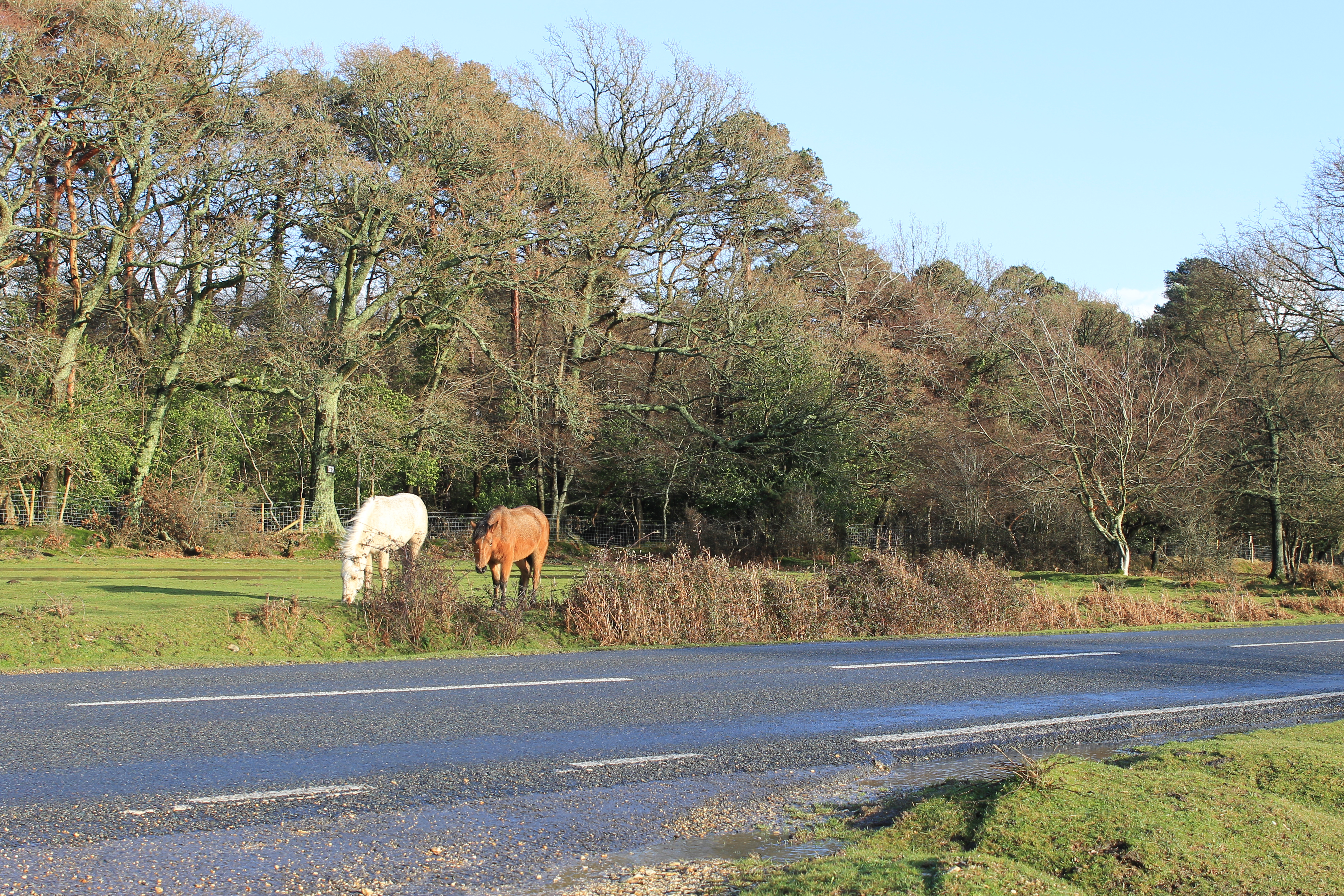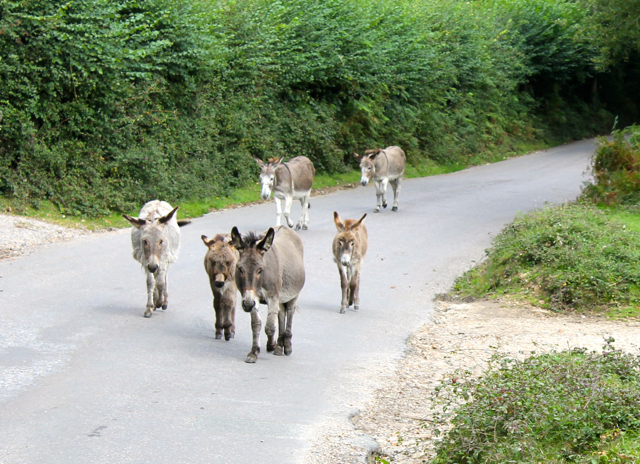
Following a good example in road use, can also influence the behaviour of others.
Just recently I’ve been travelling the length and breadth of the New Forest to attend various events and business meetings. These journeys have given me a chance to ponder the topical subject of traffic and speeding across the Open Forest, and to observe the behaviour of my fellow commuters and other travellers. I have to say that my experiences were actually quite positive. In two separate journeys, for example, both lasting over an hour, travelling at no more than 40 mph I was not overtaken once. Not once. In both these journeys there was no other vehicle in front of me, the road ahead was empty, yet every other vehicle stayed behind my car as I went on my way – under the 40 mph limit. At this point, I have to state for the record that I drive an ordinary car, examples of which can probably be found on any run-of-the mill car-dealer forecourt. If I drove a lookalike police car, I could understand the reticence of other drivers in overtaking me. Perhaps this marked observance of the speed restrictions by my fellow travellers was as a result of the publicity and general outrage caused by the recent spate of tragic and, lets face it, avoidable pony deaths on the Forest roads.
Power of the Second Person
This demonstration of law-abiding activity from my fellow journey-makers got me thinking, and I realised that in these instances it was actually the car travelling behind me that was controlling the speed of the journey by not overtaking. Let me explain. There is a theory, known as ‘The Power of the Second Person’, which argues that only when an idea has been adopted by others, rather than the person who first thought of it, does the idea have credibility. Crucially, in this theory it is the second person adopting the idea, or in this case copying the behaviour, who makes all the difference in influencing others. With one car following another, where both vehicles are travelling under 40 mph, cars joining behind are much more likely, according to the theory, to adopt the behaviour of the cars in front and drive at a reasonable speed. (It’s also true that if you are over-taken by one car – even if you are sticking to the speed limit – and the car after them overtakes you too, then the vehicles behind are much more likely to follow suit.) This is a simplistic description, of course, and the theory is certainly not without its counter-argument, but in this instance it does seem to be a compelling explanation for my experience travelling from one end of the Forest to the other. Excessive speed is the most cited reason for the deaths of animals involved in road traffic collisions, and staying under 40 mph on the Forest roads is the best way to avoid a fatal outcome. Therefore, setting or, as demonstrated above, following a good example in road use can also influence others in protecting the road-safety of the free-roaming animals.

The free-roaming animals use the New Forest roads when wandering their territories.
For a fun explanation view this video from Derek Sivers about ‘How to Start a Movement‘.








You must be logged in to post a comment.